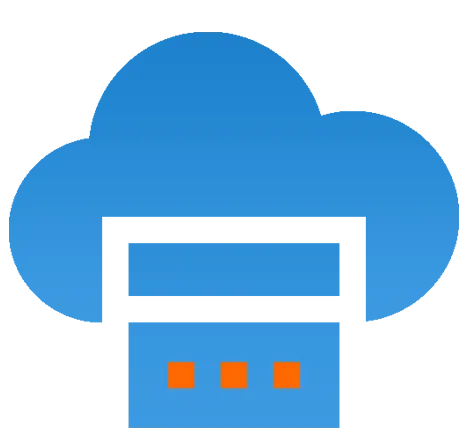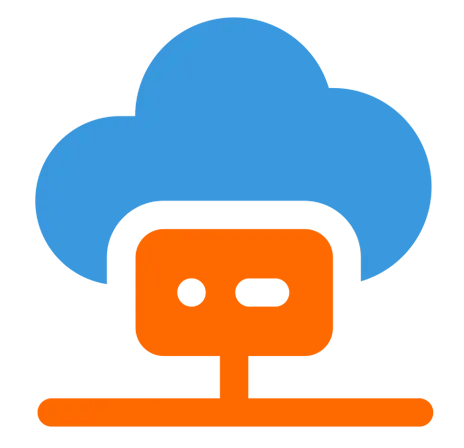 Server Colocation
Server Colocation
 CDN Network
CDN Network
 Linux Cloud Hosting
Linux Cloud Hosting
 VMware Public Cloud
VMware Public Cloud
 Multi-Cloud Hosting
Multi-Cloud Hosting
 Cloud Server Hosting
Cloud Server Hosting
 Kubernetes
Kubernetes
 API Gateway
API Gateway

The Java Collections Framework (JCF) is a fundamental part of Java programming, providing a standard architecture to store and manipulate groups of objects efficiently. For candidates preparing for Java developer roles, especially in technical interviews, understanding the core concepts, interfaces, classes, and algorithms of the JCF is essential. This knowledgebase explores key Java Collections Framework interview questions with detailed solutions to help candidates showcase expertise and confidence.
The Java Collections Framework is a unified architecture that provides a set of interfaces, implementations (classes), and algorithms to handle collections of objects, such as lists, sets, queues, and maps. It was introduced in JDK 1.2 to standardize how collections are used in Java applications. The framework offers dynamic data structures, ready-made methods for searching, sorting, and manipulation, and supports generics for type safety and reusability.
The foundation of the JCF is built on several core interfaces, each defining a specific type of collection behavior:
Collection: The root interface for most collection types, representing a group of objects.
List: An ordered collection allowing duplicates, such as ArrayList and LinkedList.
Set: A collection that does not allow duplicates, e.g., HashSet and TreeSet.
Queue: A collection designed for holding elements prior to processing, typically FIFO order.
Deque: A double-ended queue allowing insertion/removal at both ends.
Map: Represents key-value pairs where keys are unique; it does not extend Collection (e.g., HashMap, TreeMap).
Understanding these interfaces and how they relate is frequently tested in interviews.
List: Ordered and indexed, allows duplicate elements. Used when order matters or duplicates are acceptable.
Set: Unordered, no duplicates allowed. Ideal for unique element storage.
Map: Stores unique keys mapped to values, no direct ordering but implementations like TreeMap can sort keys.
ArrayList stores elements in a dynamic array, provides fast random access but slower insertion/deletion in the middle.
LinkedList implements a doubly linked list, slower for random access but faster for insertions and deletions.
Using generics with collections enhances type safety by catching type errors at compile time, eliminating the need for explicit casting, and improving code stability. Generic collections allow developers to specify the element type, enforcing uniformity and reducing runtime errors.
HashMap is one of the most common implementations of the Map interface. It stores data in an array of buckets. Each bucket contains a linked list (or tree for large buckets in new JDK versions) of key-value pairs. The key's hashCode determines the bucket index. Collisions (different keys with the same bucket) are resolved using chaining. The load factor controls resizing: when the number of entries exceeds a threshold based on the load factor and capacity, the HashMap resizes to maintain efficient operations.
Efficient performance with optimized data structures.
Reduces development effort and improves code maintainability.
Provides reusable and interoperable components.
Supports generic programming for type safety.
Example answer:
"The Java Collections framework provides efficient, reusable data structures that simplify programming tasks, increasing developer productivity through ready-made methods for sorting, searching, and manipulating datasets. Its use of generics ensures type safety and reduces runtime errors."
Collection is an interface representing a group of objects.
Collections is a utility class with static methods like sort(), reverse(), etc.
Example answer:
"Collection defines the interface for data structures like List and Set, whereas Collections class provides static utility methods to manipulate these structures."
Fail-fast iterators throw ConcurrentModificationException if the collection is modified structurally during iteration (e.g., Iterator from ArrayList).
Fail-safe iterators operate on a clone of the collection, allowing concurrent modifications without exceptions (e.g., CopyOnWriteArrayList).
Example answer:
"Fail-fast iterators detect changes made to the collection during iteration and abort to prevent data inconsistencies. Fail-safe iterators work on a cloned snapshot, thus they can tolerate concurrent modifications safely."
Use Collections.synchronizedXXX methods (e.g., synchronizedList) to wrap the collection.
Use concurrent collections like CopyOnWriteArrayList or ConcurrentHashMap for better concurrency support.
Example answer:
"Non-thread-safe collections can be made thread-safe by wrapping them with synchronization wrappers from the Collections utility class or by using concurrent collection implementations that handle thread safety internally."
Convert the List to a Set, e.g., HashSet, which by definition does not allow duplicates.
Alternatively, use Java 8 streams with distinct() method.
Example answer:
"To remove duplicates from a list, convert it into a HashSet which guarantees unique elements, or use streams by calling distinct() to filter duplicates efficiently."
Comparable interface defines natural ordering using compareTo() method, implemented by the class.
Comparator interface allows defining custom orderings outside the class, with compare() method.
Example answer:
"Comparable is used for default natural ordering within a class, while Comparator allows multiple external custom orderings without modifying the class source."
Recommended: Use a HashSet or HashMap with employee ID as key for unique, efficient access.
Recommended: Use a List implementation like ArrayList or LinkedList, as they preserve insertion order and allow duplicates.
Recommended: Use ConcurrentHashMap or CopyOnWriteArrayList to handle concurrency with minimal locking overhead.
Mastering the Java Collections Framework is critical for any Java developer aiming to excel in interviews. Candidates should focus on understanding core interfaces, differences among collections, internal workings like that of HashMap, and concurrency aspects. Practice scenario-based questions to demonstrate problem-solving skills. Strong answers not only define terms but also provide practical insights or examples from experience.
This knowledgebase covers foundational to advanced-level questions and offers solutions suited for both freshers and experienced professionals preparing for Java technical interviews.

Let’s talk about the future, and make it happen!
By continuing to use and navigate this website, you are agreeing to the use of cookies.
Find out more


